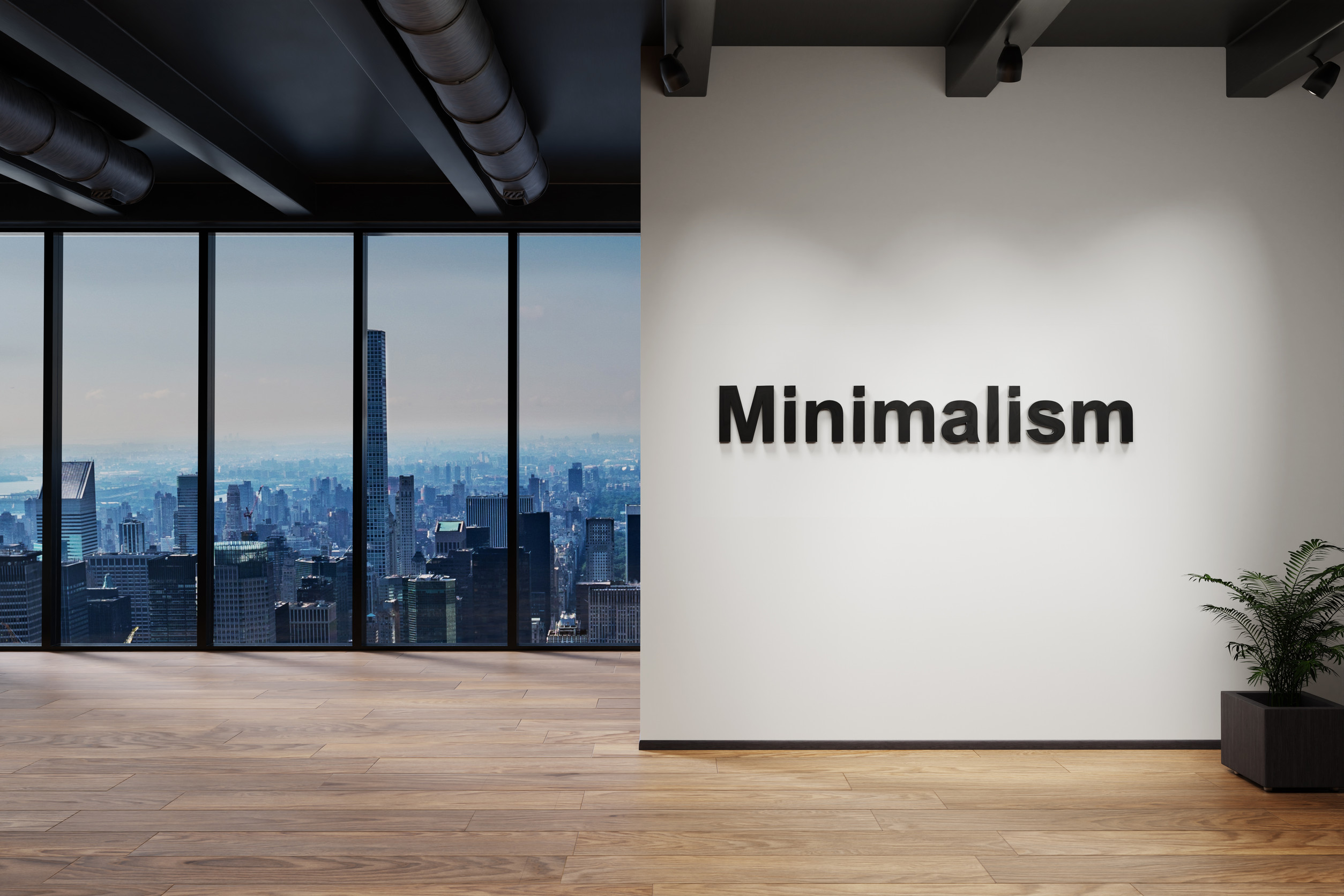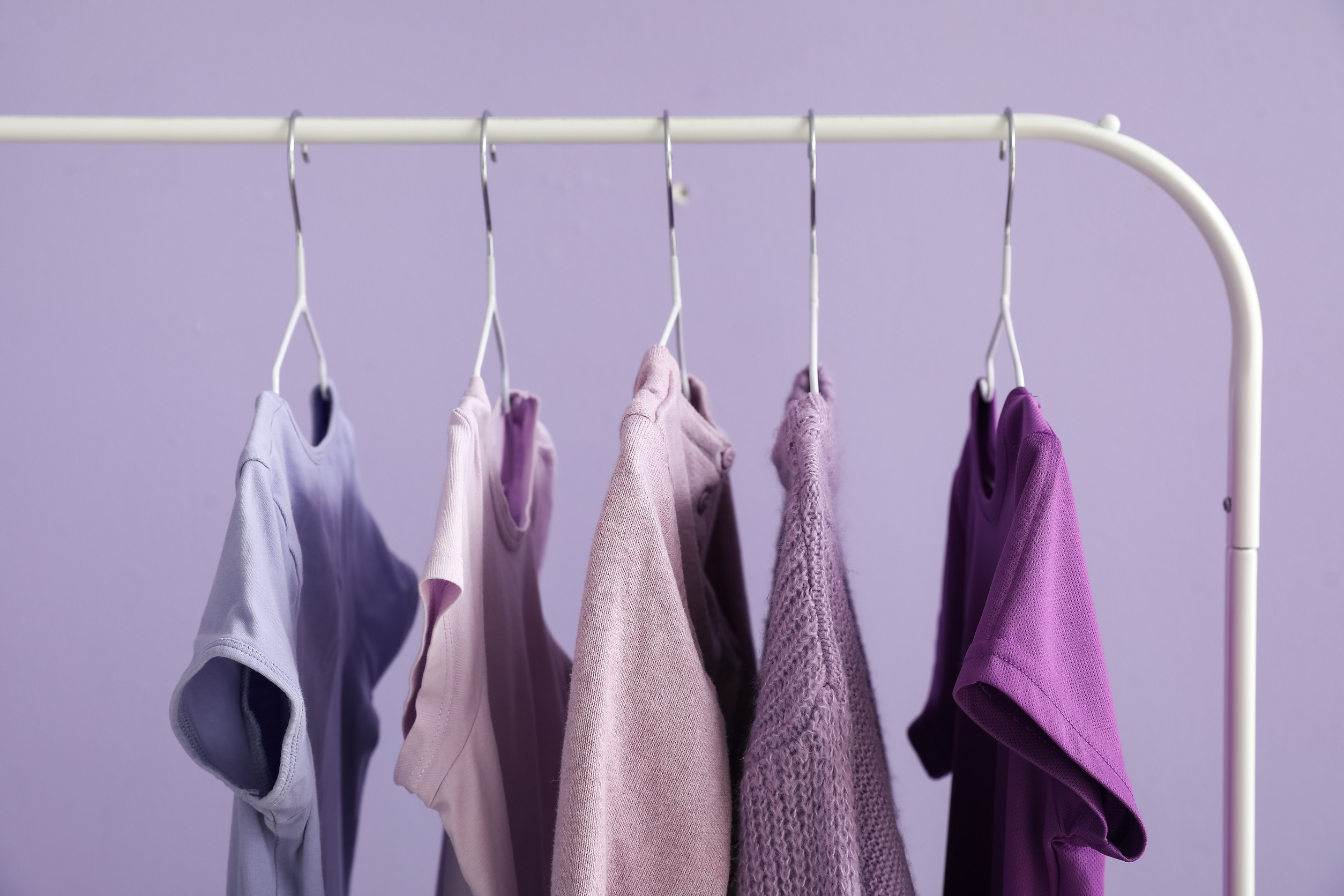In a world dominated by clutter and consumption, minimalism has risen as a sleek, stylish rebellion. With promises of clarity, financial freedom, and a curated life, it’s no wonder the movement has attracted millions.
The appeal is undeniable: own less, spend less, and live more intentionally. But beneath the surface of this serene philosophy lies a truth that often goes unspoken. While minimalism can clear out closets, it doesn’t always clear out financial burdens—in fact, it can quietly introduce new ones.
Quality Over Quantity—And the Price Tag That Comes with It
One of the key tenets of minimalism is the preference for quality over quantity. Rather than buying several cheap versions of the same item, minimalists often seek out a single, well-made piece that lasts. The logic is sound, but the upfront cost can be jarring.
A minimalist might skip the $40 fast-fashion jacket in favor of a $300 sustainably made coat. While that jacket might last longer, not everyone has the luxury to make that investment, especially all at once.
The Aesthetic Tax: Paying for the Look of Simplicity
Minimalism has a distinct visual identity—clean lines, neutral colors, and often, a hint of Scandinavian design. Creating that aesthetic isn’t as simple as owning less; it often involves carefully selected furniture, accessories, and even appliances that align with a certain look. These items, ironically, tend to be far more expensive than their louder, bulkier counterparts. A simple wooden stool from a boutique brand might cost three times as much as a functional alternative from a big-box store. Pursuing minimalist beauty can become less about restraint and more about selective consumption.
Storage Dilemmas and Hidden Costs
Living minimally often means downsizing—smaller homes, fewer rooms, and limited storage space. But life still comes with stuff: seasonal clothing, important documents, sports gear, or sentimental items that don’t fit into a minimalist’s main rotation. That’s where storage units come in, and their monthly fees can quietly chip away at any supposed savings.
Additionally, not having common household items like tools or kitchen gadgets can lead to frequent borrowing or even repeat purchases. Owning less doesn’t erase needs; it just relocates them, sometimes at a cost.
The Cost of Replacing Essentials
Minimalists often pride themselves on decluttering, purging anything that isn’t essential. But needs evolve—something deemed unnecessary today might become important again tomorrow. Replacing those items, especially if done hastily or under pressure, can be unexpectedly expensive. Letting go of a decent winter coat during a summer purge, only to need it again during a cold snap, means another purchase down the line. The cycle of decluttering and re-buying can erode the very savings minimalism claims to offer.
Digital Minimalism and Subscription Traps
The minimalist mindset has also extended into the digital realm, with people seeking to reduce physical clutter by relying more on digital tools. Instead of shelves of books, there are e-book subscriptions; instead of DVDs, there are streaming platforms. This switch, while space-saving, often leads to recurring monthly charges that add up quickly.
Many of these digital services offer little long-term value compared to one-time purchases. What starts as a clean, tech-savvy alternative can quietly snowball into a landscape of constant micro-spending.
Minimalist Fashion and the Capsule Wardrobe Illusion
The idea of a capsule wardrobe—just a few timeless pieces that mix and match effortlessly—sounds practical and stylish. But curating one often means starting from scratch, especially if existing clothes don’t match the new “minimalist” palette. High-quality basics are usually expensive, and creating a versatile wardrobe with only ten or fifteen items involves careful, often costly, selection. The shift from variety to versatility might seem budget-friendly, but it rarely comes cheap. The minimalist look might be streamlined, but building it requires significant upfront investment.
Emotional Spending in Disguise
Minimalism is often framed as a cure for emotional spending, but it can sometimes mask it in new forms. Instead of impulsively buying random gadgets or clothes, the impulse shifts to upgrading the few items that are allowed. That one perfect kitchen knife, the ideal linen sheets, or the sleekest coffee maker—these purchases can carry just as much emotional weight and financial impact as old habits.
It’s easy to justify a $200 pair of shoes when they’re “the only pair you’ll need.” In this way, minimalism can provide a more refined, but still costly, outlet for consumer desire.
Minimalist Parenting: A Tidy Dream With a Messy Price
Parents who embrace minimalism face unique challenges, especially when it comes to children’s constantly changing needs. Buying fewer toys, clothes, or baby gear may align with minimalist values, but it often leads to repeated purchases or premium versions that adapt over time.
One versatile stroller might replace three cheaper models, but the cost difference is rarely negligible. Additionally, resisting the urge to accumulate children’s items can mean renting, borrowing, or replacing things more frequently. Minimalist parenting, while admirable, is a balancing act that often leans heavily on the wallet.
Time Is Money—And Minimalism Can Demand a Lot of It
Living minimally requires a surprising amount of time: researching the perfect item to buy, selling or donating unneeded belongings, and maintaining a tidy space. These tasks, while mentally rewarding, demand hours that could otherwise be used for rest, work, or family. For some, the process of decluttering becomes a second job, complete with spreadsheets and detailed inventories.
The pursuit of a minimalist lifestyle can become so time-consuming that it affects productivity and daily life. And in the modern world, time lost is money spent.
The Irony of Idealism: When Simplicity Isn’t So Simple
Minimalism is often marketed as a life of ease and simplicity, but living it authentically can be surprisingly complex. The pressure to “do it right” can lead to overthinking every purchase, decorating decision, or wardrobe addition. Instead of freedom, it can create a new kind of anxiety—a constant weighing of value, need, and visual impact. This mental toll, combined with the financial trade-offs, can turn minimalism into more of a lifestyle brand than a path to contentment. The ideal can begin to overshadow the original intention of living more intentionally.
Minimalism’s Hidden Price Tag
Minimalism is not inherently flawed, and for many, it does offer real benefits—mental clarity, reduced waste, and a more focused life. But assuming it’s always a cheaper or simpler path can be misleading. Hidden costs, both financial and emotional, can quietly pile up behind the streamlined surface. Like any lifestyle choice, it’s not a one-size-fits-all solution, and its success depends on individual priorities, resources, and flexibility.
Have thoughts on this? Share your experiences or opinions in the comments below—whether you’re a devoted minimalist or just minimalist-curious.
Read More
The Rise of Minimalist Living: How to Declutter Your Life in 2025
From Minimalism to Stealth Wealth: 20 Tips for Low-Key Luxury


